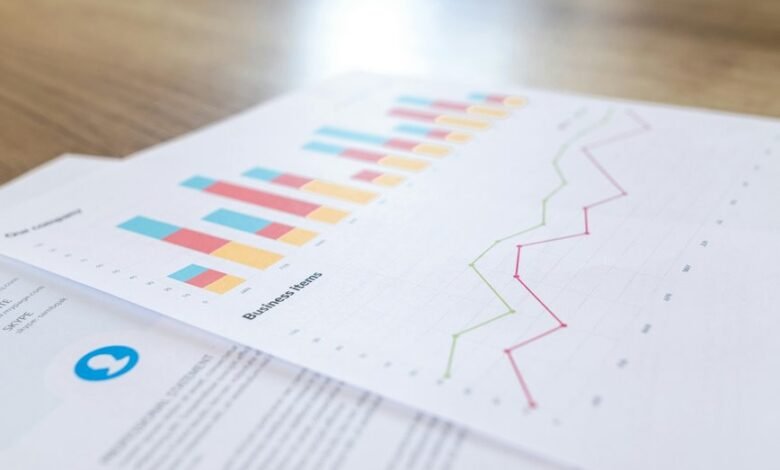3330459585 Callback Success Measurement

The 3330459585 Callback Success Measurement system serves as a vital tool for organizations aiming to enhance their callback initiatives. By systematically evaluating key performance indicators, it identifies both strengths and weaknesses in existing strategies. This analytical framework not only aims to improve customer satisfaction and operational efficiency but also raises questions about the overall impact on brand loyalty. Understanding these dynamics is essential for organizations seeking long-term success. What specific metrics can drive this improvement?
Importance of Callback Success Measurement
Although many organizations prioritize immediate customer interactions, the importance of callback success measurement cannot be overstated.
Assessing callback effectiveness directly correlates with customer satisfaction. By systematically evaluating callbacks, organizations can identify strengths and weaknesses in their processes, ensuring that customer concerns are addressed efficiently.
This analytical approach fosters improved customer experiences, ultimately leading to enhanced loyalty and long-term business success.
Key Performance Indicators for Callback Initiatives
Measuring the effectiveness of callback initiatives requires a clear set of Key Performance Indicators (KPIs) that accurately reflect the impact on customer experience and operational efficiency.
Essential callback metrics include response time, resolution rate, and customer satisfaction scores.
Establishing performance benchmarks for these indicators enables organizations to identify areas for improvement, optimize processes, and ultimately enhance the overall callback experience for customers.
Implementing the 3330459585 Measurement System
To effectively assess the impact of callback initiatives, organizations can adopt the 3330459585 Measurement System, a structured framework designed to analyze and enhance performance metrics.
This system integrates various measurement tools that facilitate the evaluation of callback strategies. By systematically capturing data, organizations can identify strengths and weaknesses, enabling informed decision-making and promoting continuous improvement in their callback processes.
Benefits of Optimizing Callback Processes
Optimizing callback processes yields significant advantages for organizations aiming to enhance customer satisfaction and operational efficiency.
Improved callback efficiency minimizes wait times, fostering a more positive customer experience. This strategic approach not only boosts retention rates but also strengthens brand loyalty.
Conclusion
In conclusion, the 3330459585 Callback Success Measurement system offers organizations a detailed methodology for enhancing their callback initiatives. By systematically evaluating key performance indicators and implementing targeted strategies, businesses can significantly improve customer satisfaction and operational efficiency. As the adage goes, “What gets measured gets managed.” Therefore, leveraging this measurement framework not only fosters continuous improvement but also cultivates customer loyalty, ultimately positioning organizations for sustained success in an increasingly competitive landscape.




